How to Clean a Cast Iron Skillet So It'll Last Forever

By Alexa Erickson
Acquiring a cast iron skillet is a rite of passage for all home chefs. The benefits are plentiful. Seasoned pans are naturally nonstick, allowing you to cook with less oil. Cooking with a cast iron pan also eliminates the worry of chemicals from materials like Teflon, a synthetic coating often found on nonstick pans. Cast iron pans have a long lifespan (some have been passed down for generations), can be used in the oven as well as on the stove, and they even add iron to your food!
Cast iron cookware requires a different approach than other pots and pans in your kitchen. This how-to guide has you covered from cleaning to seasoning and general upkeep.
Photo via Kathy R
How to Clean a Cast Iron Skillet
Cleaning a cast iron skillet efficiently and effectively means tackling cleaning the pan right after you use it. With just a few materials and some quick steps, the job is easy enough.
Tools and Materials Needed
- Cast iron skillet
- Abrasive sponge or stiff brush
- Kosher salt (optional)
Step 1: Clean Directly After Use
Immediately after use, when the skillet is still warm, wash out the remnants of food on the skillet using hot water and an abrasive sponge or stiff brush.
Step 2: Loosen Up Stuck-On Food
For stuck-on food that won’t loosen up with the use of the abrasive sponge alone, add some kosher salt and a little hot water to the skillet. Scrub using the sponge to slough off the stubborn particles.
Step 3: Rinse Skillet
Rinse out the pan with warm water, removing the loosened particles from the pan.
How to Dry a Cast Iron Skillet
Moisture is the archnemesis of the cast iron skillet—standing water can lead to rust, which is why you should never let your cast iron cookware soak in the sink. Immediately after washing out the pan, wipe the cast iron skillet dry with a clean paper towel or cloth. To further ensure that every bit of moisture is removed, place the skillet on the stove over low heat for a few minutes.
How to Clean a Rusty Cast Iron Skillet
A first look at a rusty cast iron skillet may have you considering tossing it out. But fear not: You can revive the pan. Just follow these steps:
Tool and Materials Needed
- Steel wool scrubber
- Dish soap
- Scouring pad
- Paper towels or cloth
Step 1: Remove the Rust
Use a steel wool scrubber to remove rust from affected areas. Yes, this may take some elbow grease, so to speak, but the steel wool will help move the job along better than any other scrubber. Scrub the affected area until there’s no sign of rust left.
Step 2: Wash and Dry the Skillet
Wash and dry the skillet as noted in the “How to Clean a Cast Iron Skillet” steps. Then, it’s time to season the skillet, which you’ll find in-depth instructions for in the next section.
Photo via Kathy R
How to Season a Cast Iron Skillet
Seasoning a cast iron skillet is an important step to help cast iron cookware maintain its non-stick abilities and protect against rust. Telltale signs that it’s time to reseason your cast iron skillet include: if you notice food particles are beginning to stick to the pan when you cook; you notice rust on the skillet; or your food cooked in the pan has a metallic taste.
Seasoning a cast iron skillet involves a little vegetable oil, a dry paper towel, and some time in the oven. Here’s what you need to know about why it’s important to season your skillet and how to do it.
Tools and Materials Needed
- Aluminum foil
- Cooking oil
- Dry paper towel
- Oven
- Oven mitts
Step 1: Preheat Oven
Remember to put a tinfoil pan or cooking sheet on the bottom rack of the oven to catch any excess oil. Preheat your oven to 300 degrees Fahrenheit.
Step 2: Apply Cooking Oil
Use a dry paper towel to apply a thin coat of cooking oil around the skillet. Any cooking oil or fat can be used, but Lodge Cast Iron recommends vegetable oil, melted shortening, or canola oil (which are all highly available, affordable, effective, and have a high smoke point, which is important since you’ll be sticking the greased-up pan in the oven). Oil the outside of the pan as well to prevent rust and decay.
Step 3: Bake the Seasoning Into the Skillet
Once the oven is fully preheated, put the pan on the middle rack, upside down (this prevents oil from pooling at the edge of the cooking surface). Allow the skillet to bake for 10 minutes.
Step 4: Remove the Skillet
Remove the pan from the oven, then use a paper towel to carefully wipe away any oil on the surface.
Step 5: Bake Again
Increase the oven’s heat to 400 degrees F, then return the skillet to the oven, right side up, and leave to bake for an hour.
Step 6: Allow Skillet to Cure
Turn off the oven’s heat and allow the pan to cure in the oven for another hour before opening the door.
How Often to Reseason a Cast Iron Skillet
You’ll likely need to reseason your cast iron skillet 2-3 times per year, but it really depends on what you cook in your skillet. Cooking fatty foods in the skillet and avoiding soapy water during regular cleanings will help the seasoning last longer (up to years!). You’ll know it’s time to reseason when the pan loses its luster and food starts sticking to it.
Acidic and long-simmering foods can eat away at seasoning, so avoid letting tomato sauce, wine, citrus, and vinegar sit and cook in a cast iron skillet for long periods of time. In short bouts, however, sauteeing acidic foods won’t harm the seasoning.
Cleaning a Cast Iron Skillet for the First Time
Whether new or used, the first thing you should do when you get a cast iron skillet is clean it. While you won’t be using soap for regular cleanings, it’s important to wash out the skillet for the first time as you would any other dish using mild dish soap and warm water. Rinse and dry the pan well after this first washing. If the pan is new, it’s likely pre-seasoned (the manufacturer should let you know). If it’s used, you’ll probably want to season it.
How to Care for Your Cast Iron Skillet
Like we mentioned earlier, a cast iron skillet that’s well taken care of can be passed down from generation to generation. Here are a few tips to keep your cast iron pans in tip-top shape:
- Along with proper cleaning, drying, and occasional seasoning, it’s important to store your cast iron skillet properly. Avoid keeping the pan near the sink, or anywhere where water can splatter onto it. Storing the skillet in a dry place will help prevent rust.
- Be sure to avoid marinating food in the cast iron skillet. This, much like long-simmering foods, can damage the seasoning thanks to the prolonged exposure to acid.
- If you prefer to use metal utensils, be careful with them against the skillet to avoid scratching its surface. When you can, opt for gentler material utensils such as wood and silicone.
Do you have a cast iron skillet? Share your tips and tricks for cleaning and upkeep!
Enjoyed the project?
Comments
Join the conversation
-
-
 Linda
on Jan 15, 2023
Linda
on Jan 15, 2023
I have a 50 yr. old cast iron skillet that I use regularly. I was recently hurt in an accident and had help with preparing meals. My skillet now has a terrible buildup of (I guess) grease on the outside and bottom. If I tap the bottom with a spoon flakes of what looks like ashes fall off. Scrubbing doesn't help. Does anyone have any tips on how to get this gunk off the bottom of my skillet? Thanks in advance
-



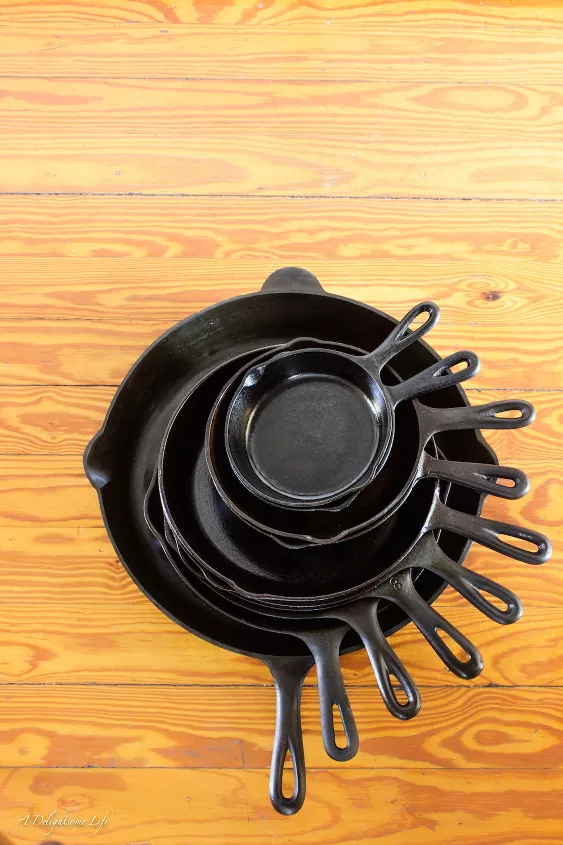

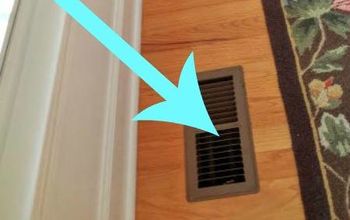
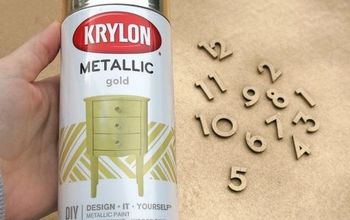
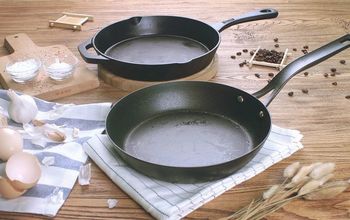

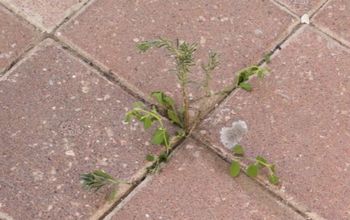




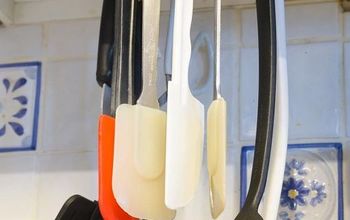

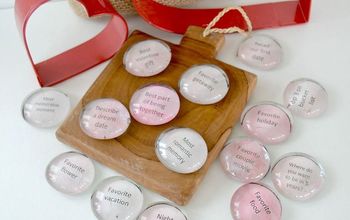

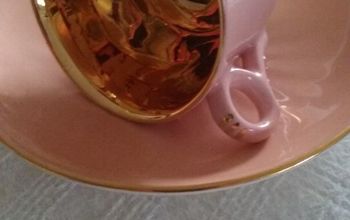


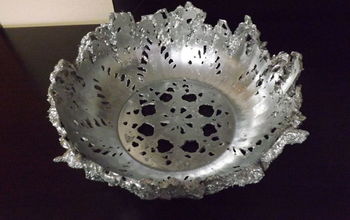



Frequently asked questions
Have a question about this project?